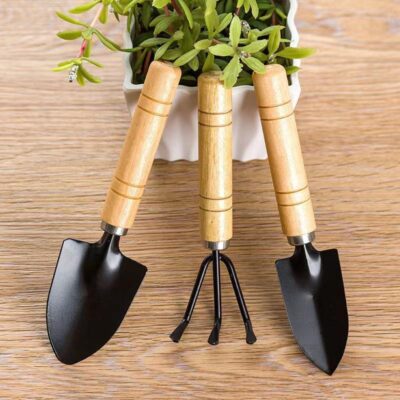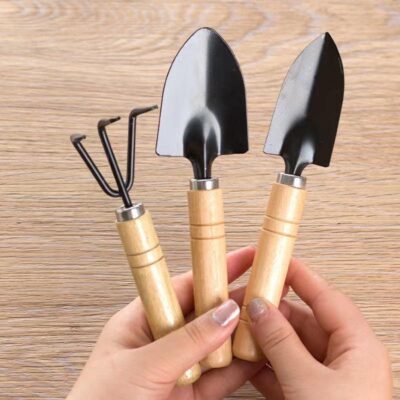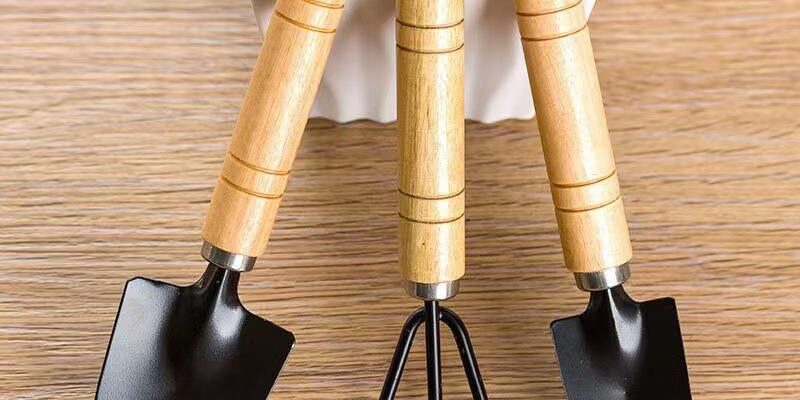In professional landscaping and agricultural maintenance, the material composition of your tools determines not only their strength but also their total cost of ownership. Whether you’re a wholesaler, OEM buyer, or brand owner, understanding steel grades can help you select the right equipment for your market segment.
1. Why Steel Grade Matters
The steel used in a shovel blade or rake tine defines the balance between hardness and flexibility. Low-carbon steels (such as AISI 1018) are cost-effective but tend to deform under repeated stress. Medium-carbon steels (AISI 1045, 1050) offer better strength, while alloy steels with added chromium or vanadium resist abrasion and maintain sharper edges—ideal for professionals who demand reliability in every season.
For buyers sourcing directly from a verified network of Garden Tool Manufacturers, steel-grade transparency is a crucial selection metric. Reliable factories provide mill certificates and hardness reports, which ensure consistency across large-volume orders.
2. Common Steel Grades in Garden Tools
AISI 1045 (Medium Carbon Steel): Great for shovels and hoes requiring impact resistance.
65Mn (Spring Steel): Often used for rake tines, combining elasticity and toughness.
420 Stainless Steel: Common in pruning tools, providing corrosion resistance.
Boron Steel: Increasingly used in premium tools due to its hardness and wear resistance.
Each material offers trade-offs between cost, machinability, and longevity. For example, boron steel blades last 2–3 times longer than mild steel but cost around 25–30% more per unit.
3. Surface Treatments That Extend Lifespan
Even the best steel can fail prematurely without proper surface protection. Zinc plating, powder coating, or electrophoretic coatings protect against rust, especially in humid or coastal environments. Some manufacturers also use heat-treated finishes to increase surface hardness and prevent bending during heavy digging.
If you’re purchasing for Garden Tool Wholesale distribution, prioritizing tools with anti-corrosion coatings can significantly reduce return rates and improve customer satisfaction.
4. Balancing Hardness and Ductility
A frequent mistake among buyers is overemphasizing hardness while ignoring flexibility. Tools that are too hard can become brittle, leading to tip breakage or cracking under leverage. In contrast, a ductile steel can absorb more energy before failure—ideal for beginners or DIY users. Always evaluate the working environment and user profile before finalizing specifications.
5. Heat Treatment and Quality Control
Heat treatment is the invisible backbone of steel performance. Properly tempered steel ensures uniform hardness, eliminating weak points that can cause sudden failure. A trustworthy supplier will provide Rockwell Hardness (HRC) test data for each batch. For instance, high-end shovels often target 45–50 HRC at the edge and slightly lower at the neck to prevent snapping.
6. Material Testing You Should Request
Before placing large OEM or ODM orders, request:
Hardness Test Reports (HRC): To confirm consistent tempering.
Salt Spray Tests: To verify coating performance.
Tensile Strength Reports: To ensure blades won’t bend under stress.
Such documentation helps you eliminate substandard sources early and ensures your brand’s reputation for quality.
7. Sustainability Considerations
As sustainability becomes a major factor in procurement decisions, recycled steel content and environmentally friendly coating options gain importance. Some factories now integrate closed-loop manufacturing, using recycled scrap in over 30% of their steel production, without compromising strength.
8. Final Thoughts
When sourcing hand tools in bulk, a deep understanding of steel grades, heat treatment, and coatings will dramatically increase product lifespan and reduce warranty claims. Reliable factories offer both mechanical documentation and third-party test reports—a non-negotiable for B2B buyers.
By collaborating with specialized Garden Tool Manufacturers, you not only secure consistent product quality but also streamline your supply chain from metal procurement to final packaging.

























